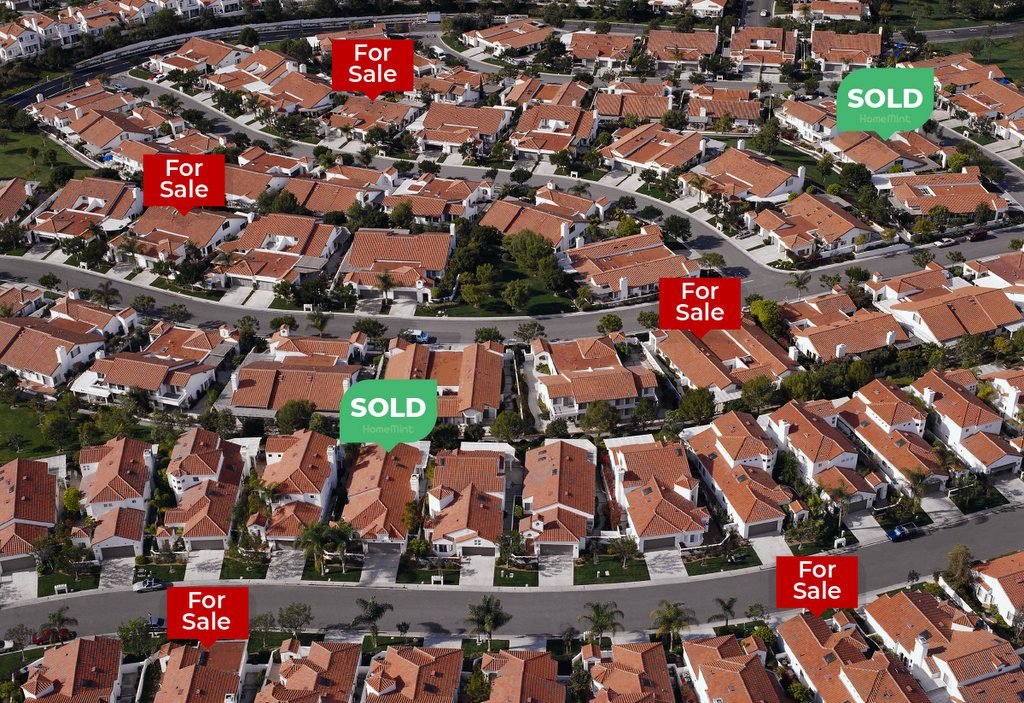
The MLS: The Multiple Listing Service revolutionized the real estate industry in the United States as it evolved from independent Broker Exchanges in the late 1800’s to a nearly ubiquitous system offered by virtually every local Board of Realtors in the US and Canada.
Instantaneous Marketing
By automatically distributing every listing from any broker to every other broker, with predefined standards of cooperation and ethics, the MLS multiplied the marketing reach and effectiveness of every participating Broker by hundreds of times.
Compared to what they could accomplish by themselves, the MLS gave each brokerage company, no matter how small, the same marketing power they would have if they owned the entire market themselves.
Initially, this information was only available to agents and brokers who were members of a local Board of Realtors. Often, adjacent local Boards would have MLS data sharing agreements, or Regional MLSs would be formed serving multiple local Realtor Associations. Some of these Regional MLSs grew quite large and have many tens of thousands of members, but properties listed in the MLS were only available to member Realtors.
With the onset of the Internet, property listing data that was once available only to Realtors, became available (eventually) to the public through syndication to major real estate portals like Zillow and Realtor.com, as well as to all the major real estate franchise Web Sites and hundreds of thousands of regional and local Brokers and their Agent’s Websites via IDX (Internet Data Exchange).
The MLS now drives the vast majority of real estate property information and sales data on the Internet and has become the singularly most powerful driver of real estate marketing on the planet.
Every property listed in the MLS benefits from all of the advertising done by all of the thousands of agents and brokers sharing the MLS. That means every buyer that inquires about any property they see on the Internet, or calls on any for sale sign, or responds to any Social Media or print ad, or is referred by a corporate relocation program or affinity program, or is recommended to an agent by a friend or relative… — ALL of these buyers and more will end up looking for homes that were listed in the MLS.
The MLS makes every property listed by every agent of every company available to every buyer of every agent of every company. It is the most effective force driving the real estate market and as a seller, if you aren’t participating in it, you are eliminating the single best resource available, by far, for locating prospective buyers for your property.
Not Only for Agents
The MLS contains very detailed information on each property, all of which is searchable by agents looking for properties that meet the specific needs of their buyers. Having your property listed in the MLS makes it instantly available to the thousands of agents (and their buyers) sharing the MLS databases in South Florida. While 100% of the MLS data is searchable by Realtors with specialized tools available to them, much (though not all) of the information is also available to the Public on the Web. How effective the search tools are vary greatly depending on the Site, but most of the information and nearly all of the properties listed for sale are available for public search 24/7.
GIGO – Garbage In, Garbage Out
However, while the MLS is without question the most powerful tool for marketing your property, if it is not used properly its effectiveness can be greatly diminished. When an agent inputs a listing into the MLS, if they leave off important features and information, or put in wrong information, that property may not be found when an agent searches for homes with those features to show to their buyers. The same problem occurs for buyers doing their own searches on the Web. Unfortunately, this is a very common occurrence and in most cases, the seller is never aware that it has happened.
Some of the most common omissions and errors in the MLS are: Misspelled or omitted community name, square footage, waterfront info, pool info, view, style, HOPA (55+), lot information, floor location or number of stories, room sizes, equipment included, features, restrictions, Home Owner’s Association/Condo info, and showing instructions.
A Picture is Worth a Thousand Buyers
Probably the most inexcusable failure of many agent’s when putting a listing in the MLS is with photos. The number one item by far that buyers want to see when they are searching for properties online are Photos. Many buyers will skip right over listings without photos and ignore those without any decent pictures.
Many agents either through apathy, or a complete lack of even the most basic photo skills, fail to post any decent photos of their listings. In some cases they don’t take any new photos at all and either swipe them from another listing (which is both a Copyright and MLS violation) or from Google Maps street view, sometimes even showing the wrong property, or just a picture of the community sign.
This indifference to what is the most important component of a property listing in the MLS often causes a huge drop in buyer interest and sellers suffer as a result.
Doing It Right
We make sure that your property is accurately listed to maximize the benefits of the MLS and we take and post as many professional quality photos as needed to fully show your property in all its glory. We also do aerial/drone photography and 3D Virtual Tours when appropriate. This makes a huge difference in the reaction a property listing gets in the marketplace.
Since the MLS provides the data for nearly all of the Internet Real Estate Portals and Property Sites, having wrong and missing information and bad photos in the MLS means pushing those same problems out to the whole world. Doing it right lets the world find your property and see it in its best light.
With all of these benefits, why doesn’t everybody list their home in the MLS? Well, the great majority of home sellers do. However, there is one primary concern sellers usually have with listing their home in the MLS – the cost. In order to have your home listed in the MLS, you must have it listed for sale with a REALTOR®, and this almost always means paying a commission. The commission you have to pay usually covers both “sides” of the transaction – the buyer side and the seller side – the Selling Agent on the buyer side and the Listing Agent on the seller side.
While there is no set amount for these commissions, a typical amount in our market is 6%. That commission is typically split 50/50, although some listing agents take a larger percentage for themselves and give a smaller part to the agent who brings the buyer – a practice which is harmful to the seller, but that the seller rarely is aware of.
On a 50/50 split (based on a 6% total commission), that’s 3% to the broker that sells your home (brings the buyer) and 3% to the broker that has your home listed for sale, for a total of 6% (even if it’s the same office or agent).
How We Do It
Our listing program charges a Flat Fee on the listing side plus the commission on the selling side of the transaction (typically 3%). This can save you a lot compared to what you would commonly pay to have your home listed with a full service agent or office, yet still provides 100% of the incentive for a buyer’s agent to sell your property.
Plus, we provide the same high level of services and representation that you would enjoy and expect from a competent, full service agency. With our Program, you get Maximum Marketing Exposure, Maximum Results, Minimum cost and Zero Risk.



0 Comments